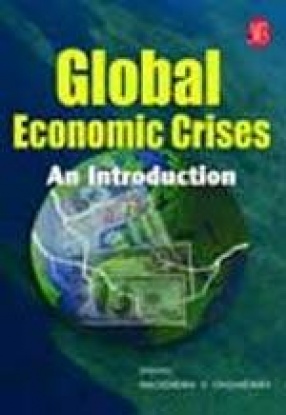
Nagendra V. Chowdary

Showing all 17 books

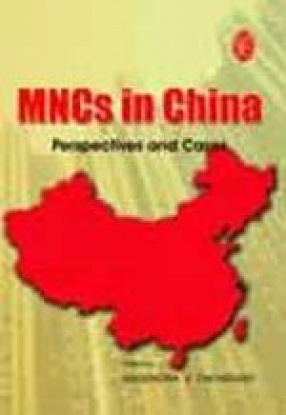





The Economic Crisis that hit the Asian Countries in 1997, and its spread to other emerging economies like Brazil, Argentina and Mexico across the world due to the spillover and contagion effects highlight one aspect of the crisis, that is lack of strong fundamentals. All these economies pursued bad macroeconomic policies, and their financial policies suffered from weak liquidity ratio. Countries like Thailand and Indonesia, which lacked strong fundamentals, felt ...

Four vital constituents of soft infrastructure feature in this book—health care, education, social sector and hospitality. Though soft infrastructure is something the Americans can take for granted, for those living in developing countries, infrastructure is only partly in place. This book deals with all aspects of soft infrastructure.
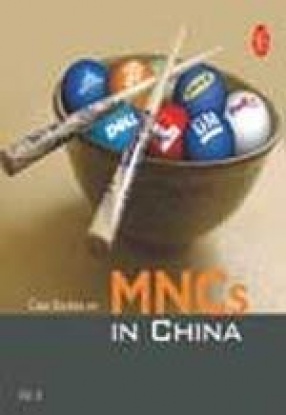
All the major MNCs face one big question; where’s our next growth pond. After having explored and exploited various growth avenues, the multinational companies are full of plans for BRIC economies. Of these, 'The China Factor' is a major decision. Bill Gates said, "China and India are the big change engines for the years ahead, and as we embrace that and understand our new role in that, that s the path forward." No wonder, global companies are ...

For a country' economic growth, infrastructure for roads, ports, rail and airports, and power, telecom, transport roads, railways, metro railways, and airports is an absolute necessity. This book is worthwhile not only for management professionals and students, but also for economists and other professionals, who want detailed information about various facets of the Indian economy, including infrastructure.

If MNCs have to thank someone for unleashing huge potential for their businesses, it would definitely be Deng Xiaoping. What China today is definitely was not the China that world knew in 1970s. Deng s policies had immense impact abroad. "It is time to prosper. China has been poor a thousand years," he said. But his exhortation - "to get rich is glorious" - did more than just unleash economic drive. It overturned the millennia of ...

This book would be of particular interest to students and economists who would like to know more about the crises in Russia and Latin America as it explores the various approaches of the Russian government to the crisis and the crises in Latin America in which Argentina and Brazil were severely affected.

In 1999, Brazil devalued its currency. This resulted in a depreciation of its currency in foreign exchange markets as it brought about deterioration in trade. This book captures the most important and relevant aspects of devaluation and backs it up with real life experiences of countries who have experienced it, such as Brazil, Russia, Indonesia, Mexico. Read this fascinating book to know all aspects of devaluation.

Chinas market for mass consumer goods is booming. Not surprisingly, in 2000, about 260 million people could afford to buy packaged consumer goods. It was also the No. 1 country in the world to manufacture beer and biscuits. Finding a berth in the Chinese market has become important for many MNCs who see this country as the ideal place to reach global leadership level .

Though budget deficits are common in developing countries such as India, USA, Germany and France, they do not realize the adverse effects these could have on capital accumulation, economic growth, future tax rates and inflation. If governments prefer huge external borrowing, they could run into deep financial crises, as experienced by South East Asia and Latin America.

What is dollarization? It is when residents of a country extensively use the US dollar or another foreign currency alongside or instead of the domestic currency as in countries like Panama. This book looks at the basics of dollarization and its impact on emerging market economies. It also carries cases of dollarization experiences in Canada and Argentina.

From a position of pledging our gold reserves to having reserves of $118 billion, India has come a long way. Today, foreign exchange reserves are more prominent with the financial markets being thrown open and private players and individuals playing a significant role. Read this and the country experiences of Macau, Chile and Russia.

This book is a comprehensive introduction to Sri Lankas economy. Today, Sri Lanka has a literacy rate of more than 90 percent, a per capita income of $837, and life expectancy of 72 years. Its efforts to improve its social and economic conditions can create an attractive business environment for companies who wish to invest here.
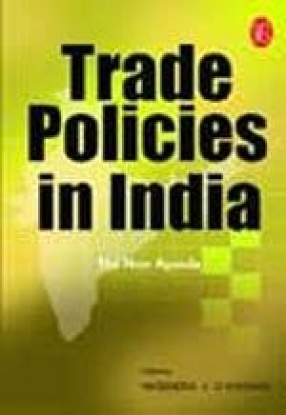
The Indian economy has grown rapidly over the past decade, with real GDP growth averaging about six percent annually, partly due to the continued structural reform, including trade liberalization, according to a WTO Secretariat report on the trade policies and practices of India. This book, a contemporary collection of articles on trade policies, addresses three important issues, viz., the role of trade policies in the structural economic reforms, export-import ...

Read this book to know the philosophy of disinvest-ments and privatization. This book also focuses on investment opportunities for foreign and domestic companies, benefits of the privatization program, impact of national wealth, etc. Case studies and country experiences of the Maruti-Suzuki conflict, Modern Foods, water privatization in Ghana, Russian privatization and bank privatization in Mexico, can be found here.

This book on the Indian industrial sector comprises three sections: the first deals with the role of industrial policy reforms in economic growth and related issues; the second section is on the various aspects of disinvestments; and the third highlights the reforms implemented in energy, telecommunication and pharmaceuticals sector that have benefited consumers greatly.
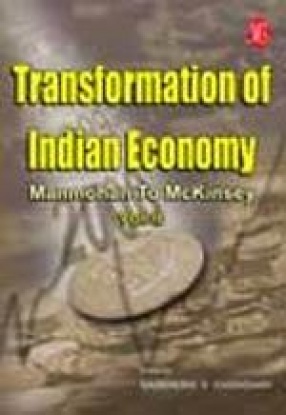
The second of a two-part series by the same title, this volume deals with the subject of the Indian economy being rock solid in the midst of the economic turbulence in the rest of Asia. This volume brings the second-generation economic reforms to the reader and dwells on reforms in trade, finance and infrastructure.

This book sets the tone for the need for good economic reforms in India. It contains well-thought out and well-written articles covering policy initiatives that have provided a particular course of action for economic policy. The book is divided into three sections and takes the reader through the reasoning behind initiating economic reforms.
